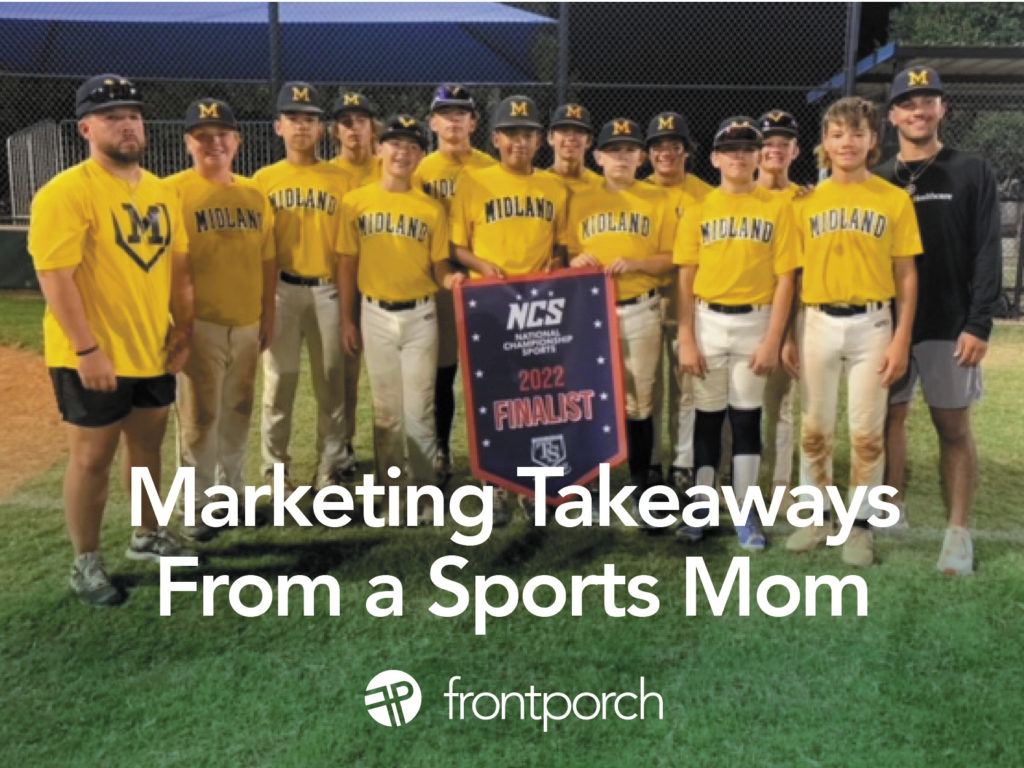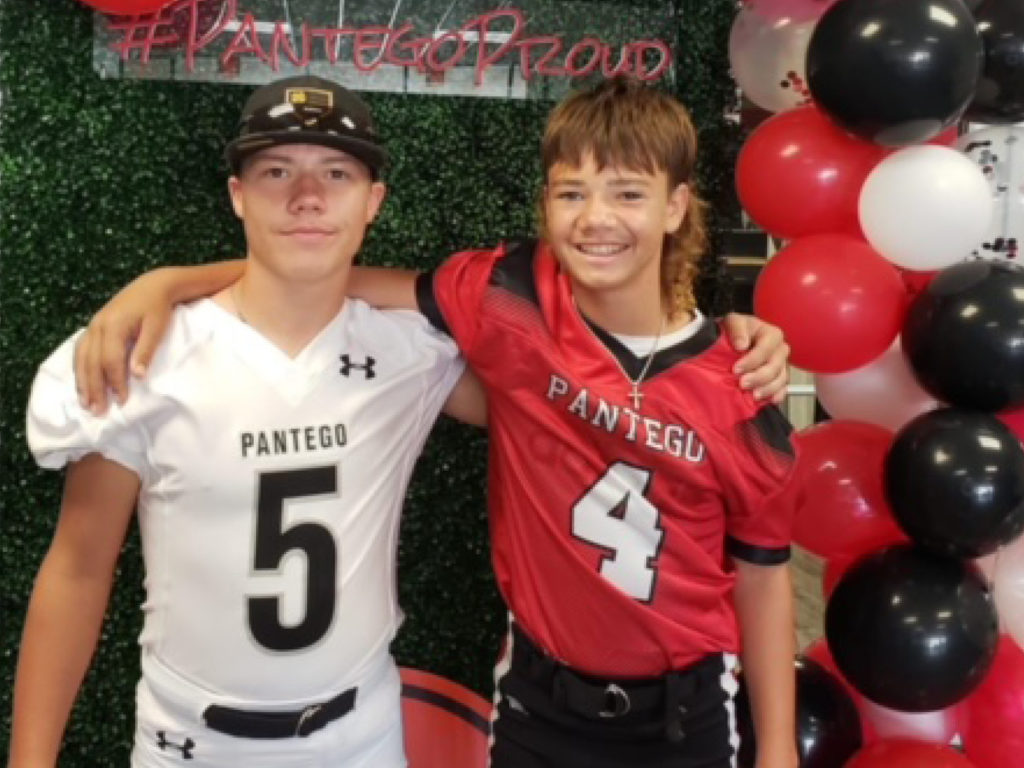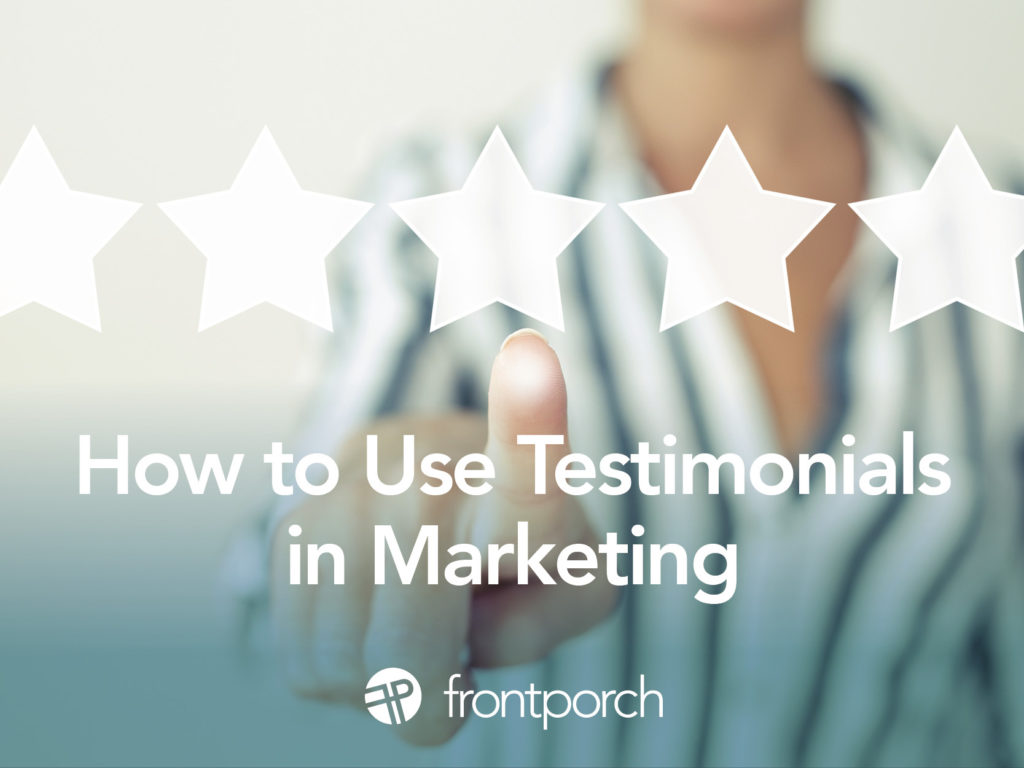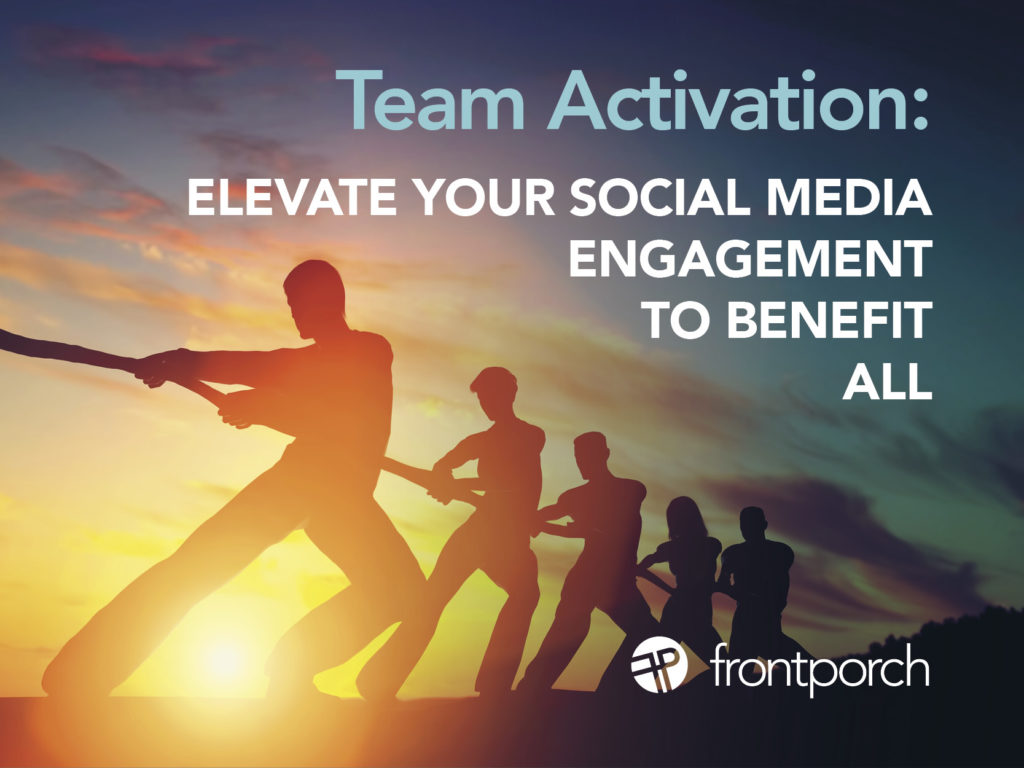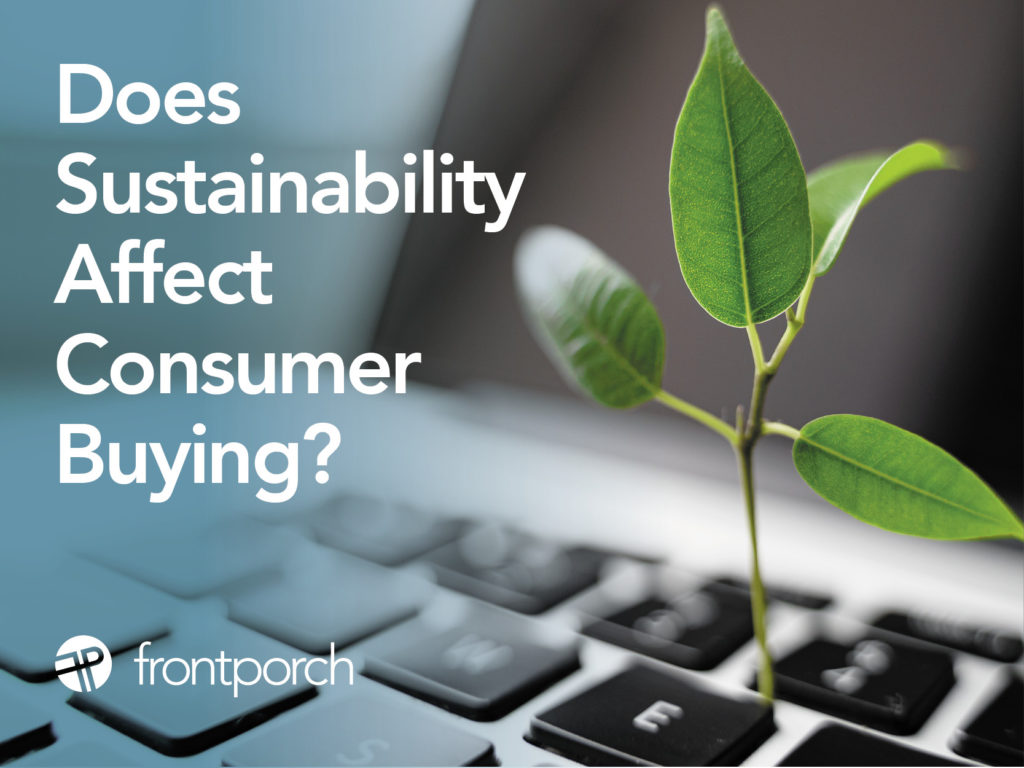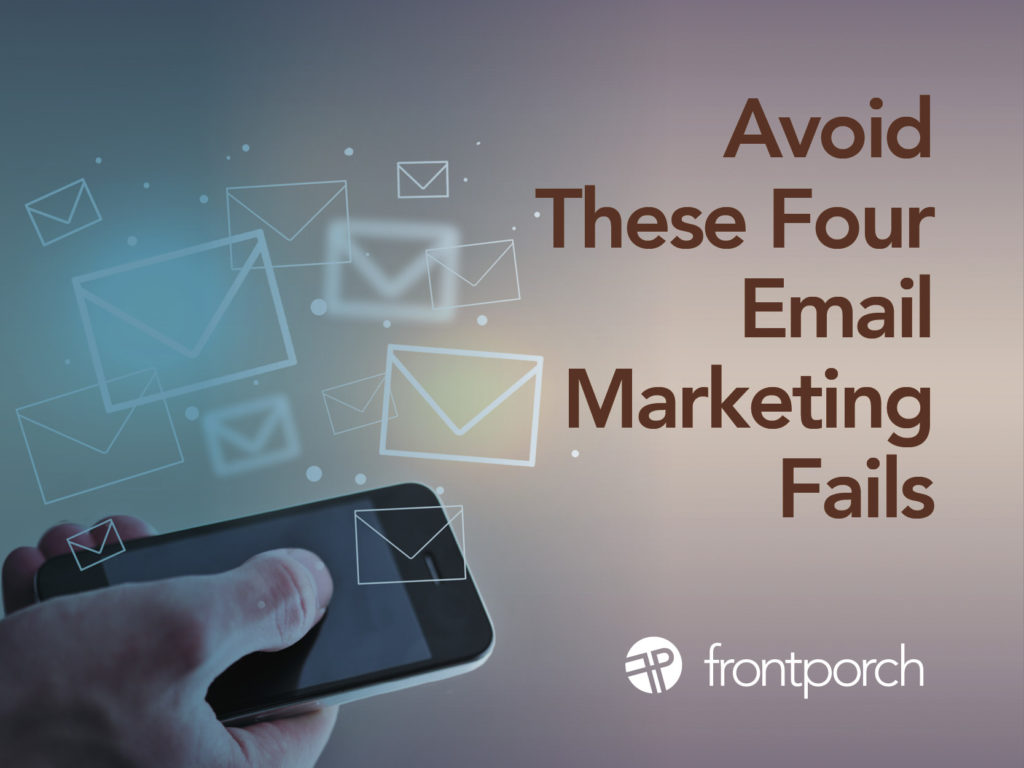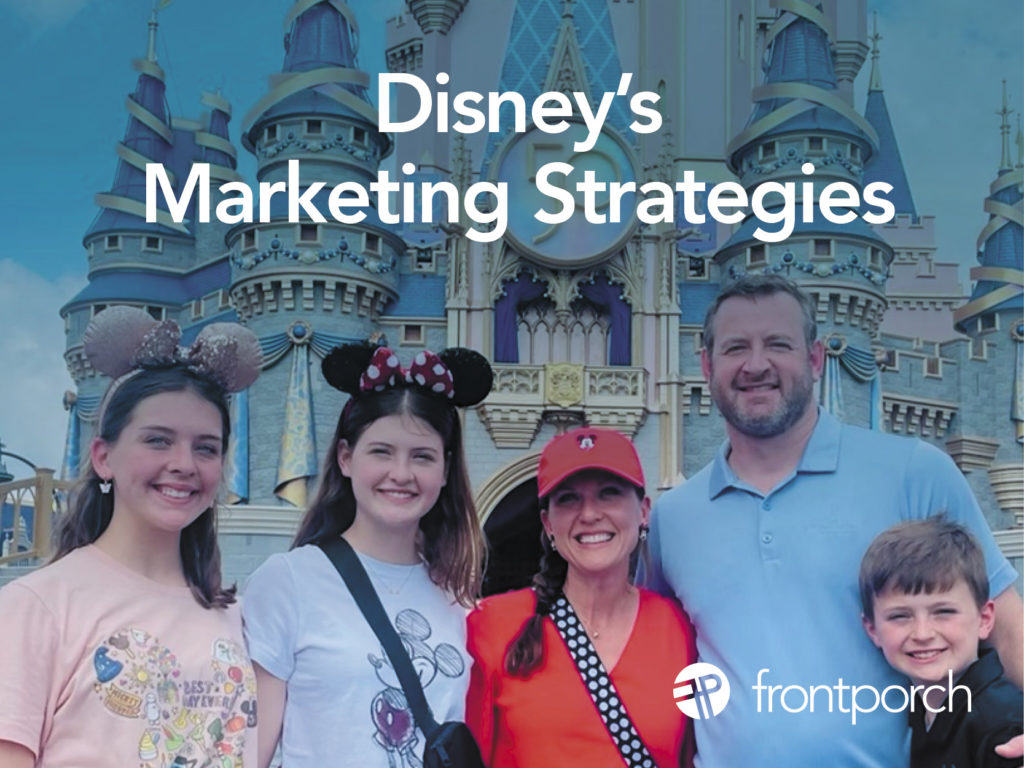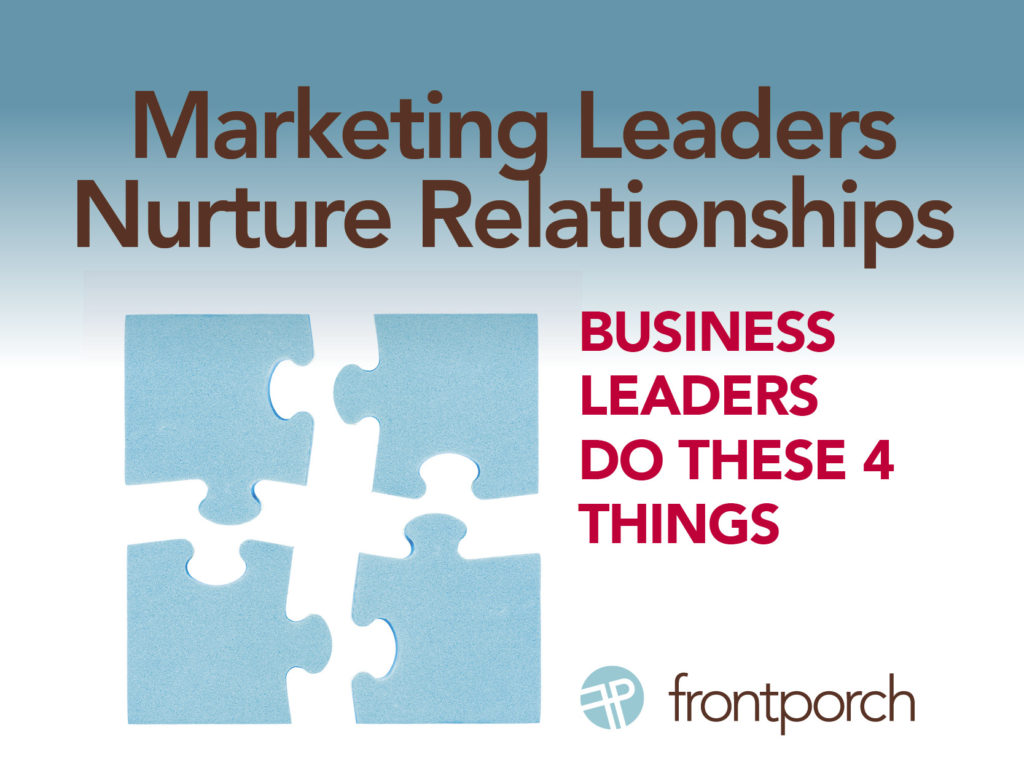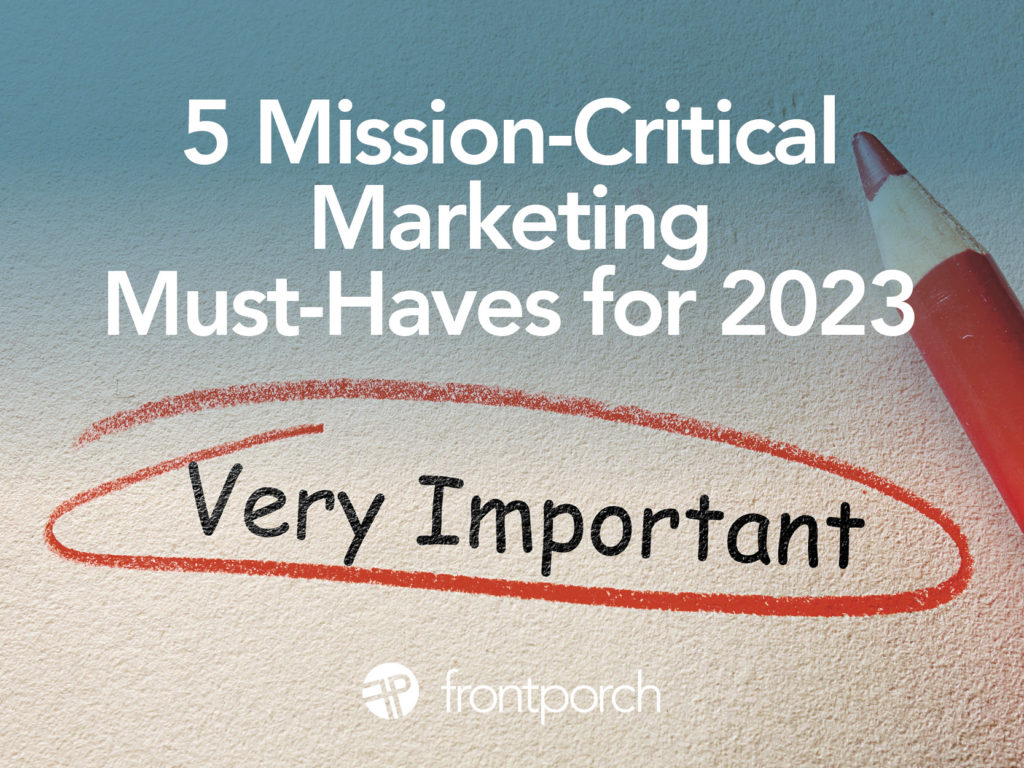
Put Your Marketing Must-Have Plan in Place Now.
Are you ready to tackle your company’s marketing must-have plans for next year? You’re in luck! We’ve simplified that list for you, to get you started. Your business success can be mapped out ahead of time with these five guideposts put in place to execute against.
Having a plan means you know what to do to build your business according to seasons, holidays, business cycles, trends and more. And, if you need help formulating any of these must-haves — or executing them, please ask us!
The Marketing Must-Haves:
1. Marketing Plan
What are your 2023 business and marketing goals? Define them now. Make a marketing plan. Then add in audiences, competition, SWOT, strategies and tactics. Know who you are and what you’re doing. Know what makes your company unique, and what your brand’s biggest benefit is.
2. Content Calendar
This important calendar includes social media and blogging as marketing initiatives. Know what you’re going to talk about every month and every week using this calendar. Take advantage of social media trends. Every content strategy needs a roadmap with dates, and this calendar is super helpful for engaging your consumer on a regular basis.
3. Marketing Timeline
Calendarize key events pertinent to your business, down to the day. Know what events to capitalize on for business success. Plan out when you will carry out campaigns for advertising, digital or print, as well as event pushes, PR and media relations, holiday and event marketing and more.
4. Marketing operations — including people, technology and analytics
Do you have the right team in place? Do you have enough team to get the job done next year? What tech and analytics tools do you need to execute and then evaluate the effectiveness of your strategies against your goals?
5. Marketing Budget
Once the four above have been defined, put numbers to each of them. Create a marketing budget that maximizes your impact. Plan for this budget quarterly, and then, manage to it monthly. Staying on track will pay off.
No matter the size of your business, start on your marketing must-haves now.
Take the guesswork out of what to do next week, next month, or just next with these five marketing must-haves for planning your next business year! We’ve seen our clients grow year over year when we help them set these must-have marketing goals in place. Then, we work together diligently all year to execute against them for business growth and success. It can work for you too.

